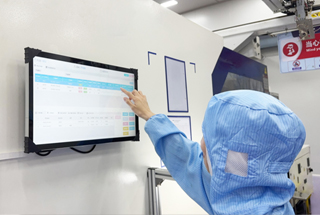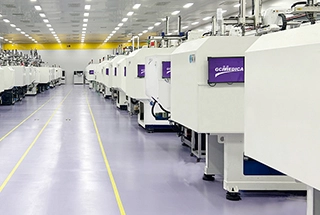Enfit feeding tubes are a crucial component of enteral nutrition, providing a safe and efficient method for delivering nutrients and medications directly into a patient’s gastrointestinal system. With safety and precision as top priorities, these feeding tubes are designed with unique features that minimize the risk of misconnections and ensure accurate dosing. This article explores the different types of enfit feeding tubes, their various applications in clinical settings, and best practices for healthcare providers.
Types of Enfit Feeding Tubes
There are several types of enfit feeding tubes available to suit different clinical needs:
Standard Enfit Feeding Tubes:
These tubes are widely used for adult patients requiring long-term or short-term nutritional support. They are designed with a non-interchangeable connector system that prevents accidental misconnection with other devices.Pediatric and Neonatal Tubes:
Smaller in size, these feeding tubes are specifically engineered for infants and children. Their design ensures safe, precise dosing and is tailored to the delicate requirements of young patients.High-Volume Tubes:
For patients who require a larger volume of nutritional fluids, high-volume enfit feeding tubes offer the capacity needed without compromising on accuracy. These tubes are typically used in critical care settings where rapid nutritional support is essential.Specialized Tubes:
In some cases, specialized feeding tubes with additional features, such as improved durability or enhanced flexibility, may be used to meet unique clinical requirements. These tubes offer tailored solutions for patients with complex needs.
Uses of Enfit Feeding Tubes
Enfit feeding tubes are primarily used to deliver enteral nutrition but serve multiple purposes in various healthcare settings:
Enteral Nutrition:
The primary function is to provide nutritional support to patients who are unable to eat orally. This includes patients with gastrointestinal disorders, post-surgical recovery, or chronic illnesses that impair normal feeding.Medication Administration:
In addition to nutrition, enfit feeding tubes can be used to administer medications directly into the digestive tract. This dual functionality simplifies patient care by reducing the need for multiple devices.Critical and Emergency Care:
In intensive care units and emergency settings, the reliability of enfit feeding tubes is vital. Their design ensures rapid and safe delivery of fluids, which can be lifesaving in critical situations.
Best Practices for Healthcare Providers
To maximize the benefits of enfit feeding tubes, healthcare providers should adhere to the following best practices:
Comprehensive Training:
Ensure that all staff are well-trained in the use of enfit feeding tubes. Understanding the unique connector system and measurement indicators is essential for accurate administration and minimizing errors.Strict Sterility Protocols:
As these tubes are often used for single-use applications, it is crucial to follow rigorous sterility and disposal guidelines. This helps prevent infections and cross-contamination in clinical settings.Regular Equipment Inspection:
Routine checks and maintenance of feeding tubes and associated equipment help ensure optimal performance. Regular audits can identify any potential issues before they affect patient care.Patient-Specific Considerations:
Tailor the selection of the feeding tube to the individual patient’s needs. Consider factors such as age, volume requirements, and the patient’s overall condition to determine the most appropriate tube type.Documentation and Monitoring:
Keep detailed records of tube placement, usage, and any complications. Continuous monitoring and documentation not only improve patient outcomes but also help in identifying trends and areas for improvement.
Conclusion
Enfit feeding tubes are a vital tool in modern healthcare, enhancing the safety and efficiency of enteral nutrition and medication administration. By understanding the different types available and applying best practices, healthcare providers can ensure that patients receive the most appropriate and effective care. The proper use of enfit feeding tubes ultimately leads to improved patient safety, reduced risk of complications, and better overall clinical outcomes.
Related Products
- Polyurethane Nasogastric Feeding Tubes
- Polyurethane Y-Port Nasogastric Feeding Tubes
- Funnel Transition Connector With Cap


 Français
Français Español
Español Products
Products

 About Us
About Us











